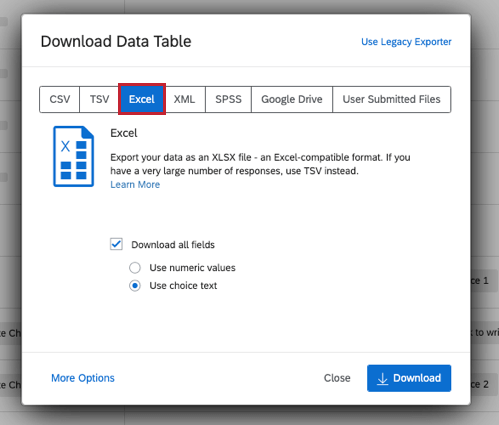
SEE ALSO: Is North Sea running out of oil and gas? Quite the opposite This mooring system is by far the most flexible. Once the threat has been mitigated, the FPSO can return to the turret, reattach and continue operations. This is particularly useful in situations such as hurricanes and storms, where the vessel needs to react quickly to external hazards.

The defining visual difference of an FPSO is the processing equipment that is stored aboard the vessel’s deck. In terms of design, most FPSOs take the form of a supertanker and it can be difficult to distinguish between the two. Gas is either transported to the shore via pipeline or recycled back into the field to increase production. Crude oil that is stored in the vessel is then transferred to tankers and pipelines heading ashore. Offloading – Offloading refers to transferring the gathered contents to additional transfer conduits.Storage – Once the oil has been processed, it is transferred to cargo tanks in the double hull of the vessel.This is the section of the line from the seabed to the topside. Risers – Developed for vertical transportation.Flowlines – Flowlines carry hydrocarbons directly from seabed well.The hydrocarbons are then separated into oil, gas, water and impurities via the production facilities on the deck of the FPSO. Hydrocarbons are produced in seabed wells and this is transported to the FPSO via flowlines and risers. Production refers to the processing of oil and gas.


They're less expensive than traditional offshore oil and gas platforms, more flexible, safer, and time-efficient. There are more than 200 FPSOs today operating around the globe. However, FSOs can’t process oil and gas, which is where the FPSO comes in.Īs onshore oil discoveries continue to decline, FPSOs will become increasingly more vital for the oil and gas industry. FSOs were used to store extracted hydrocarbons (a mixture of oil, gas and water) and transport it from remote locations such as distant seabeds. Oil and gas awaiting transport was stored in tankers called floating storage and offload units (FSO). SEE ALSO: Introduction to the Oil and Gas Industry Oil and gas had to be transported to land via a subsea pipeline, which is economically unviable at water depths more than several hundred metres and in instances where the seabed oil and gas fields are hundreds of miles away from the shore. Companies were only able to extract oil and gas from shallow fields, no more than a water depth of 50 metres. Before the time of FPSOs, oil and gas extraction was more difficult and inefficient. The first FPSO was a converted oil tanker, built by Shell in 1977. When oil and gas is processed, it is safely stored in the FPSO until it can be offloaded onto a tanker or a pipeline for transportation ashore.

The vessels themselves are equipped with processing equipment for the separation, storage and offloading of oil and gas that comes from sub-sea oil wells or platforms. They are typically employed and leased by oil and gas companies. As its name suggests, an FPSO is a floating vessel that acts as a mobile offshore production and storage facility. These vessels are used extensively by the offshore industry and have become one of the primary methods of oil and gas processing and storage. It stands for floating production storage and offloading (FPSO). At its core, an FPSO facilitates the processing and storage of oil and gas at sea.


 0 kommentar(er)
0 kommentar(er)
